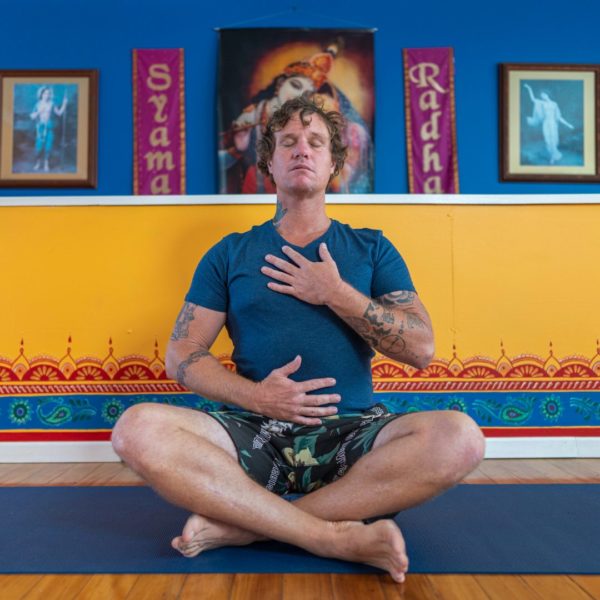Winter is the season when we are more inclined to come down with coughs, colds and sometimes the flu. So many times I have caught a cold from a cough or a sneeze at the supermarket or a packed yoga class. Now hopefully we are all a bit more aware of the etiquette of not spreading our germs and will stay away from others when we are sick or at the very least cough and sneeze into a tissue or failing that, the elbow.
Let’s hope with our social distancing that this season our health will be a bit better. We have all had precautions ground into us this year emphasisng the need to frequently wash our hands not only before eating but after being in public places, as germs are not only air-borne but lurk on shopping trolleys, money, ATM’s and door handles.
In some hard hit countries precautions go even further. In fact in Asian countries it has for many years been standard practice to wear face masks, especially in flu season, not only for personal protection but also out of courtesy to prevent one’s own infection from spreading. This is such a useful practice, although admittedly wearing a mask isn’t all that comfortable and it does take a bit of getting used to relating to people who are wearing them.
This month why not try some of the following simple and quick regimes to keep you healthy.

Nasya & Neti
Ayurvedically the practices of neti (nasal washing) and nasya (coating the nasal membranes with oil) is recommended to keep the nasal passages free from of infection. Neti is the simple practice of washing out the nostrils with warm saline water. Afterwards it feels very much like that lovely sparkling sensation in the sinuses that one gets from diving through the waves. The practice of nasya or lightly coating the inner nostril surfaces with oil is a highly effective way of preventing germs taking hold. In fact I always take a little bottle of nasya oil on long flights and rarely catch anything like I am prone to in those closed up capsules where we are bound to have a heavy cougher sitting nearby.
But if by chance you’ve been sneezed on while innocently strolling round the supermarket (without having done your nasya) and sometime later it takes hold in your throat there are also several yoga sequences which are may help.
To understand why they are of benefit… first a little human biology. The body fights disease with white blood cells. When an infection is detected these cells are carried to the site via the lymphatic system. This system consists of a network of vessels which carry the lymphatic fluid round the body. At various places in the network there are lymph nodes where filtering and battles take place. After the infection is destroyed by the white blood cells, the lymph system dumps the waste products into the blood vessels via ducts just below the neck. From here the wastes are processed in the liver and then disposed of via the kidneys. When our lymph becomes stagnant from shallow breathing and lack of exercise our immune system may become less efficient. Therefore, for optimal health, it is very important to have our lymph flowing freely. The following poses are great for stimulating this free flow of lymph.
Yoga Asanas for Boosting Wellness
The Lion Pose acts directly at the infection site, in the throat. It involves opening the mouth wide, extending the tongue and roaring like a lion and it is credited with squeezing and draining the lymph nodes in the throat.
Unlike the blood which is pumped around the body by the heart, lymph relies majorly on two important pumps: the movement of the diaphragm during deep breathing and the contraction and release of our muscles. Four sequences which address both deep breathing and muscle movement are Salute to the Sun, Salute to the Moon, Dynamic Extended Mountain and 5 Tibetan Rites. These sequences also open the upper chest which keeps the ducts in good condition and assists in better lymph drainage
A great prescription for winter then is to repeat some of the above sequences a number of times each day and roar like a hungry lion at least three times. It doesn’t take up much time and is well worth it because not only are they beneficial and fun, but you’ll feel great afterwards.
By Vrndavan Dasi
Founder and Principal of Veda Yoga Teacher Training
